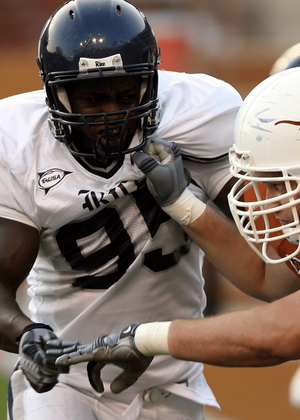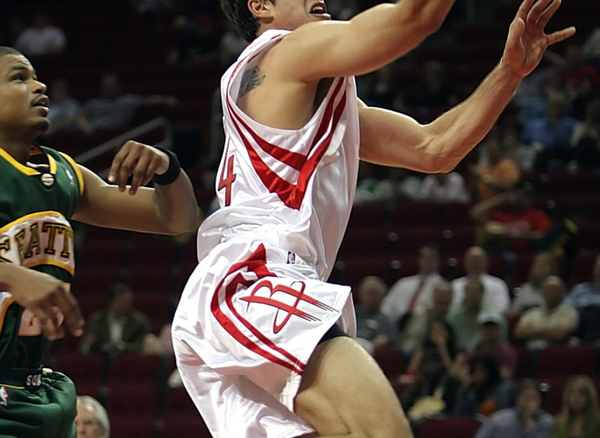Basketball is a sport that captivates millions of fans around the globe. Whether you're watching an NBA game or cheering on your local high school team, the excitement of the game is undeniable. But for those new to basketball or looking to organize their schedule around a game, a common question arises: How long is a basketball game?
Understanding the Game Clock
The length of a basketball game is primarily determined by the game clock.
An NBA basketball game is typically 48 minutes long, divided into four quarters of 12 minutes each. However, including breaks and timeouts, the average duration of a basketball game can be around two and a half hours.
However, the clock stops for various reasons, such as fouls, ball out-of-bounds, and time outs, which extends the actual game time.
In contrast, Women's National Basketball Association (WNBA) games and college basketball games, governed by the National Collegiate Athletic Association (NCAA), feature four ten-minute quarters and two twenty-minute halves, respectively. These differences in the length of the game clock contribute to the overall duration of a game.
Halftime Break and Quarters
Every basketball game includes a halftime break, which provides players with a much-needed rest and allows coaches to discuss strategies. The NBA and WNBA have a 15-minute halftime, while college games typically have a 15 to 20-minute break. A high school basketball game, set by state high school associations, usually have a 10-minute intermission.
Each quarter, or in the case of NCAA games, each half, is separated by a short break as well. The NBA and WNBA have a 130-second break between the first and second and third and fourth quarters. College games have a 15-minute break between halves, and high school basketball games have a 10-minute break.
Timeouts and Free Throws
Timeouts are strategic tools used by teams to plan plays, make substitutions, or simply give players a brief respite. Both the NBA and WNBA allow for seven timeouts per game, with each timeout lasting 75 seconds. College basketball games permit a different number of timeouts, which can be 30 seconds or a full timeout lasting up to 75 seconds.
Free throws also add to the length of a basketball game. After a shooting foul, players are given the opportunity to score unopposed from the free-throw line. The time it takes to set up and take free throws can vary, but it generally adds several minutes to the total game length.
Overtime Periods
When a basketball game is tied at the end of the fourth quarter, it goes into OT. An NBA and WNBA overtime period lasts five minutes, while college basketball overtime is also five minutes. High school overtime varies but is typically four minutes. The longest NBA game, which occurred between the Indianapolis Olympians and the Rochester Royals in 1951, included six overtime periods, showcasing how extended a game can become.
Commercial Breaks and Broadcasts
For televised games, commercial breaks can significantly extend the length of a basketball game. The NBA and WNBA have mandatory media timeouts, which occur at certain points in the game and can last up to three minutes. College basketball games also have media timeouts, and while high school games typically do not, local broadcasts may still include commercial breaks.
Youth and Amateur Games
Youth basketball game lengths can vary widely. Youth leagues and middle school games often consist of four eight-minute quarters, but the clock may run continuously to keep the games shorter. At the junior and varsity level, the quarters can be longer, but they still tend to be shorter than professional games.
International Play
The International Basketball Federation (FIBA) governs international basketball games, including the Olympics. FIBA basketball games are played with four ten-minute quarters, similar to WNBA games. The pace of play and rules around timeouts and clock stoppages can make FIBA games shorter than most basketball games in the NBA or WNBA.
Seasonal Variations
Regular season games, playoff games, and finals can all have different lengths. Playoff games and finals often have more at stake, leading to more intense play, additional timeouts, and potentially more overtime periods, which can all increase the length of the game.
The Longest College Basketball Game
The longest NCAA basketball game on record is the seven-overtime contest between Bradley and Cincinnati in 1981. This marathon showcased how college basketball games can stretch far beyond their typical duration.
FAQ Section
How long does an average basketball game last?
NBA games averages approximately 2-2.5 hours, while college and high school games are generally shorter, often ranging from 1.5 to 2 hours.
What factors can extend the length of a basketball game?
Factors that can extend the length of a game include the number and length of timeouts, the frequency of fouls and free throws, overtime periods, and commercial breaks during televised games.
Has there ever been a basketball game that lasted longer than the standard time due to overtime?
Yes, the longest NBA game was between the Indianapolis Olympians and the Rochester Royals in 1951, lasting six overtimes. The longest NCAA game went to seven overtimes between Bradley and Cincinnati in 1981.
Summary
In summary, the question of how long basketball games last does not have a one-size-fits-all answer. The duration can vary depending on the league, level of play, and specific circumstances such as overtime and commercial breaks. NBA and WNBA games typically last around 2-2.5 hours, while college and high school games are shorter. Understanding these variations can help basketball fans and players alike plan accordingly.









